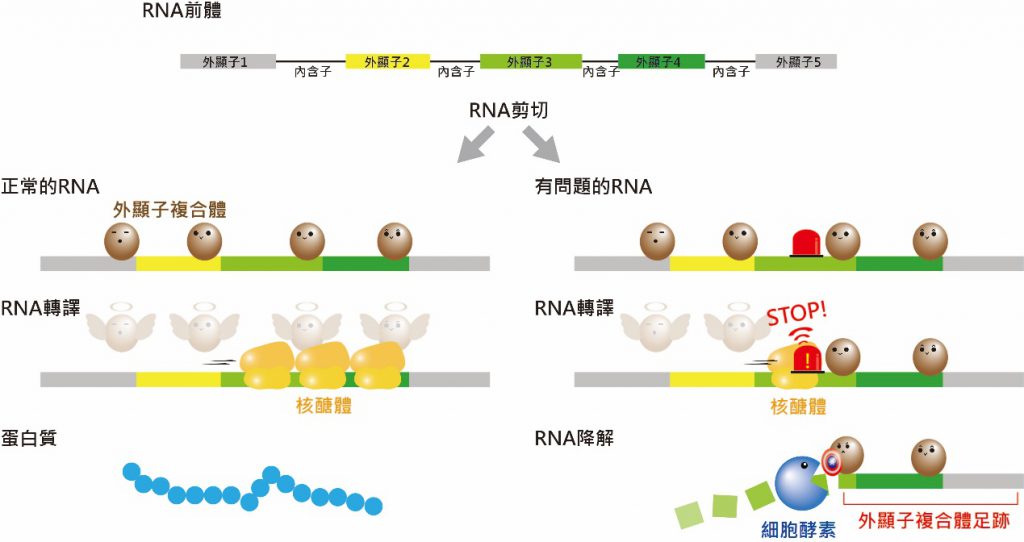In addition to regulating RNA synthesis, increasing or decreasing RNA degradation is an alternative way to control gene expression. Moreover, RNA degradation plays an important role in plant defense against pathogens by directly attacking pathogen RNA or negatively regulating the expression of immune-related genes. Therefore, the study of RNA degradation mechanisms will increase understanding of crop defense mechanisms and lead to new approaches for gene expression control which will in turn provide new tools and research directions for the development of agricultural biotechnology. Scientists are currently able to use next generation sequencing technologies to globally detect RNA degradation fragments within cells. However, how to use RNA degradome data to determine the sequence features triggering RNA degradation, the proteins involved, as well as temporal understanding of RNA degradation occurrence remains obscure.

Dr. Ho-Ming Chen and her group at the Agricultural Biotechnology Research Center have developed novel approaches to analyze RNA degradome data. Their analyses have revealed that RNA-binding proteins can hinder RNA decay, leading to the accumulation of RNA degradation fragments at the binding sites of RNA-binding proteins which can be viewed as in vivo footprints of RNA-binding proteins. The properties of these RNA-binding proteins can be used to infer the state of RNA when degradation occurs.
In the recent Plant Cell paper published by Dr. Ho-Ming Chen’s group, they further demonstrate that the exon-junction complex (EJC) is also one of the RNA-binding proteins with the ability to stop RNA decay. Notably, EJCs are deposited onto RNA during RNA synthesis and maturation but are displaced by ribosomes in the pioneer round of translation. Therefore, EJC footprints in the RNA degradome can serve as a marker for RNA degradation before steady-state translation. EJC footprints were observed in the RNA degradomes of Arabidopsis, rice, worm and human cells. This finding will lead to novel approaches for identifying the RNAs that are rapidly degraded after synthesis and exploring the underlying mechanisms through RNA degradome analysis.

This paper was published and highlighted in the April issue of The Plant Cell in 2020. The first authors include Wen-Chi Lee, Bo-Han Hou, and Cheng-Yu Hou. This study was funded by the Agricultural Biotechnology Research Center, Academia Sinica.
Article link: http://www.plantcell.org/content/32/4/904
